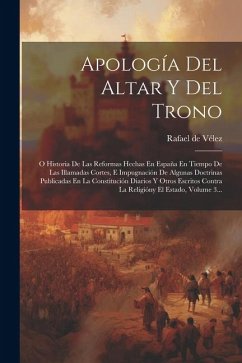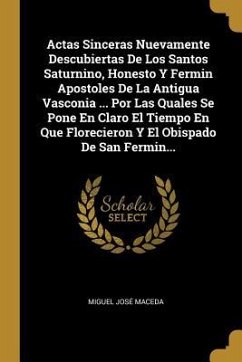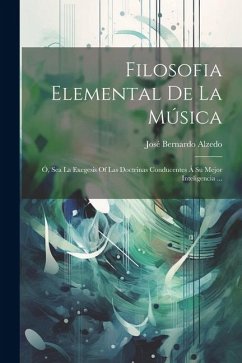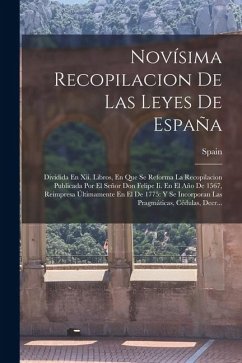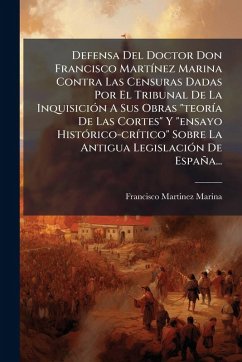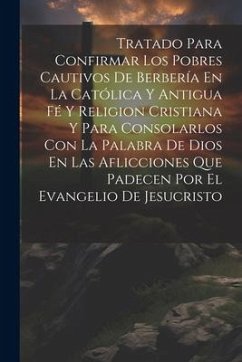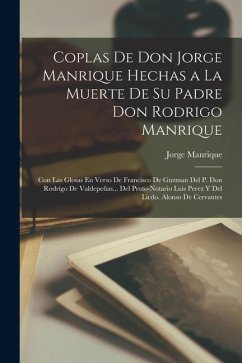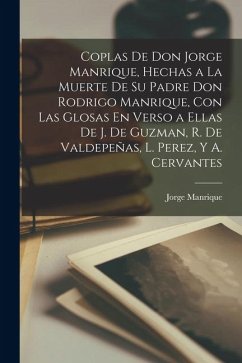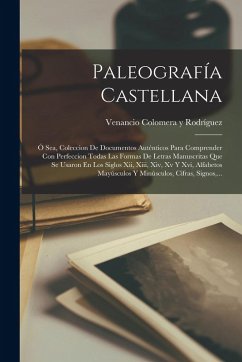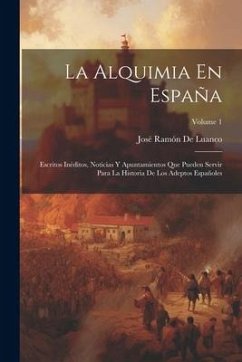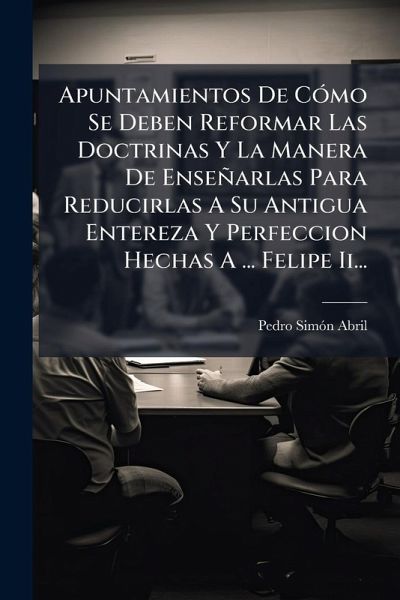
Apuntamientos De CÃ3mo Se Deben Reformar Las Doctrinas Y La Manera De Enseñarlas Para Reducirlas A Su Antigua Entereza Y Perfeccion Hechas A ... Felipe Ii...

PAYBACK Punkte
8 °P sammeln!
"Apuntamientos De CÃ3mo Se Deben Reformar Las Doctrinas Y La Manera De Enseñarlas Para Reducirlas A Su Antigua Entereza Y Perfeccion Hechas A ... Felipe II..." offers a unique glimpse into 16th-century Spanish perspectives on religious education and doctrinal reform. Authored by Pedro SimÃ3n Abril, this work provides insights into the recommended approaches for refining religious doctrines and their instruction, with the aim of restoring them to their original integrity and perfection. Addressed to King Philip II, this historical document sheds light on the educational and religious concern...
"Apuntamientos De CÃ3mo Se Deben Reformar Las Doctrinas Y La Manera De Enseñarlas Para Reducirlas A Su Antigua Entereza Y Perfeccion Hechas A ... Felipe II..." offers a unique glimpse into 16th-century Spanish perspectives on religious education and doctrinal reform. Authored by Pedro SimÃ3n Abril, this work provides insights into the recommended approaches for refining religious doctrines and their instruction, with the aim of restoring them to their original integrity and perfection. Addressed to King Philip II, this historical document sheds light on the educational and religious concerns of the era. This work is invaluable for historians, religious scholars, and anyone interested in the intellectual climate of Renaissance Spain. This work has been selected by scholars as being culturally important, and is part of the knowledge base of civilization as we know it. This work was reproduced from the original artifact, and remains as true to the original work as possible. Therefore, you will see the original copyright references, library stamps (as most of these works have been housed in our most important libraries around the world), and other notations in the work. This work is in the public domain in the United States of America, and possibly other nations. Within the United States, you may freely copy and distribute this work, as no entity (individual or corporate) has a copyright on the body of the work. As a reproduction of a historical artifact, this work may contain missing or blurred pages, poor pictures, errant marks, etc. Scholars believe, and we concur, that this work is important enough to be preserved, reproduced, and made generally available to the public. We appreciate your support of the preservation process, and thank you for being an important part of keeping this knowledge alive and relevant.



